My first visual on a Crested Barbet at Olifants.
I quickly walked down and around so I could have the sun at my back, and came towards the bird--it sat perfectly, allowing me to snap a few shots before it flew off--I couldn’t have gotten a better look at the bird--or at least that’s what I thought at the time.
A little better shot of the same Crested Barbet.
After the excitement of the barbet we threw our gear for the day in the car and headed out. We took a short back road loop along the Olifants River where the standard IMPALA were grazing, and a handful of WARTHOGS were doing their thing. We almost immediately found several large flocks of RED-BILLED QUELEA feeding. Nothing like the specials on TV, but bigger than the flocks the previous day.
A few Red-billed Quelea foraging.
We zipped over to the Olifants River Bridge to take a quick look what was around. The hundreds of EGYPTIAN GEESE were still present, along with numerous AFRICAN PIED WAGTAIL, and a couple AFRICAN FISH EAGLE.
African Pied Wagtail over the Olifants River.
We turned around and headed back towards Olifants Camp, but stayed on the Olifants-Letaba Road towards Letaba Camp. To be honest the wildlife viewing on this drive was pretty slow--we didn’t see much between the two camps in terms of game, but the birds were prolific. Our first stop was an overlook above the Olifants River which put the sun at our back. Below us LITTLE and GREAT EGRETS danced in the water--while LONG-TAILED CORMORANTS flew by looking for a spot to fish. As I scanned I spotted a great treat in an adult SADDLE-BILLED STORK!
Saddle-billed Stork in the Olifants River.
The stork was feeding and truly dancing. For 5 minutes I watched as he hopped around, wings in the air trying to snag a fish. If i were thinking I would have turned the video on camera on--but alas I rarely think about using it when I should--I guess that’s the photographer in me!
A young Bateleur posing.
We continued and saw our last AFRICAN GREEN PIGEON of the the trip. There seemed to be lots of sunbirds and occasionally a flock of parrots would fly over. A flock of BLUE CORDONBLEU crossed the road and we stopped to look at them. On the ground there were numerous birds including a handful of firefinch’s. Most appeared to be RED-BILLED FIREFINCH, but a lone JAMESON’S FIREFINCH was mixed in for good measure.
Red-billed Firefinch
Jameson's Firefinch
Sharpe's Grysbok somewhere between Olifants and Letaba Camps.
The drive continued and we passed Letaba Camp to make a stop at the Letaba River. There the wildlife was a little more prevalent with quite a few HIPPOS in the water, along with the NILE CROCODILES. The usual birds associated with the river were present in EGYPTIAN GEESE, the wagtails, and STRIATED HERON. A WOOD SANDPIPER was a new trip bird and lifer, and a BLACK-WINGED STILT fed below, whilst numerous LITTLE SWIFT circled overhead.
Black-winged Stilt in the Letaba River.
We crossed the bridge to turn around--a chance happening, as we did a NYALA appeared in the trees on the edge of the road. Like so many of the animals and birds we saw, this would be our only encounter.
The only Nyala we saw while in Africa.
Crossing back over the bridge we spotted a number of WATERBUCK that we missed earlier, before we made our way into Letaba Camp for breakfast. Breakfast on the patio overlooking the Letaba River was a nice break. RED-WINGED STARLINGS wandered through the rafters, whilst SCARLET-CHESTED SUNBIRDS worked the trees along the edges.
Red-winged Starling are common at both Olifants and Letaba Camps.
Letaba had an elephant museum with the tusks of the 7 biggest elephants to ever live in the park, as well as numerous others. Well worth a look and a read about the animals if you stop there. After we checked out the museum Sam went to the gift shop to look around while Bert and I wandered through the campground to see what we could find. It was pretty warm and there weren’t a lot of birds around, but a GREEN WOODHOOPOE posed nicely for a few shots.
Can't get a much better pose from a Green Woodhoopoe.
I found a NATAL FRANCOLIN bedded down in some underbrush that made for a nice shot as well--other than that the birds were few and far between.
Natal Francolin hiding in the bushes.
We grabbed some snacks for the drive back to Olifants and headed out. Instead of taking the main road that we took up back, we took a route along a side road on the edge of the Letaba River. The river was fulls of HIPPOS. Almost every stop we made we could see them in the water along with numerous NILE CROCODILES.
Finally got a great look a Nile Crocodile on the Letaba River.
On one pull out we could see about 40 hippos sitting on the sandy beach on the opposite side of the river. From the same spot we could see dozens of IMAPALA, a handful of KUDU, several GIRAFFES and about 10 ELEPHANTS. Also in the water were several TURTLES. It was like looking at one of those pictures in a magazine where you have to find all the hidden things--in this case it was the wildlife.
Impala, Kudu, Giraffe, Hippo, and Turtles on the Letaba River.
As we watched the river for a while here, things got interesting, when 2 ELEPHANTS emerged from the trees and started running towards the HIPPOS. It was a stampede!
Elephant chasing Hippos into the Letaba River.
The hippos got to their feet and ran to the water faster than you could imagine. One thing that we hadn’t noticed while they were laying down is that some were covered in dozens of RED-BILLED OXPECKERS. As the animals rose and took off running the birds scattered. We ended up seeing this several times during the day.
Hippo covered in Red-billed Oxpeckers on the Letaba River.
There were few birds where we were watching the river from, aside from the RATTLING CISTICOLAS which seemed to be everywhere. There was a BLACK-BACKED PUFFBACK roaming the bushes nearby, and an AFRICAN PIPIT which kept hopping around the car.
African Pipit near our car along the Letaba River.
After spending an hour or so watching the river we headed back through the woods and the Mopane. Mopane dominate the landscape here, and during their late summer when Mopane worms hatch the birding can be incredible. In September there are no worms, but there are a few birds including a new trip species in YELLOW-THROATED PETRONIA, and a much better look at a LITTLE BEE-EATER.
A good look a a gorgeous Little Bee-eater.
It was getting pretty hot so we continued on our way back to camp. We came across a small group of BURCHELL’S ZEBRA near a dam, but not much else.
Sam taking video of a Giraffe near Olifants Camp.
We looped onto another dirt road that was now going along the Olifant’s River. Although we didn’t add any new birds or wildlife we found a really interesting GIRAFFE--it was the darkest of any of the individuals we saw all trip.
A "black" Giraffe--likely a very old individual.
We made it back to the camp in mid afternoon and took a break for the rest of the day. We had a night drive at 7:00pm, so until then I had time to wander a bit. While Sam rested I filled out checklists for the morning, and around 4:00pm we headed to the camp store and restaurant. While Sam looked around, I relaxed on the patio and cracked open a .93 cents Castle Milk Stout. A delicious brew and under a buck.
Castle Milk Stout--one of the best beers in South Africa.
As I sat watching I could hear a rattling form a tree nearby--it sounded like an insect and I didn’t think much of it until it clicked that it was actually a CRESTED BARBET. I grabbed my gear and walked towards the sound. As I came around the tree, out in the light, I could see the bird posted perfectly on a branch rattling away. The views from the morning couldn’t begin to match these! For 30 minutes I took photos and record video of this gorgeous bird.
I took over 200 pictures of this Crested Barbet--it was amazing to watch.
As I was taking shots another new trip bird flew in and landed right above me--a CARDINAL WOODPECKER. This bird completed a complete sweep of the expected woodpeckers in the park and the general area. The only bird form the family that I didn’t see on my trip was the Ground Woodpecker which I guess can be pretty difficult to find.
Cardinal Woodpecker--completing my sweep of expected Woodpecker.
After the excitement of the birds we grabbed dinner with Bert, and enjoyed views of the plains below with a couple giant Boabab trees easily dwarfing everything else surrounding.
3 Boabab trees visible from the deck at Olifants Camp.
After dinner we got ready for the night drive. This drive wasn’t nearly as exciting as the one we had at Skukuza, but it had some great moments. The first one came just a ½ mile from the gate of the camp when a LEOPARD darted across the road and stopped right by us. The creature was facing away and the photo op wasn’t great. After a couple minutes he walked around some bushes and laid down. The driver started the truck and I could see that if he drove forward we would have a straight on shot. I hurried and focused on what seemed right and the spotlights turned to the trees, and as we drove past, I burst three shots--somehow all three were in focus and one framed perfectly for a great capture.
Stunning Leopard just outside the gate at Olifants Camp.
We saw a few really cool animals along the drive, notably a CAPE GENET, which is a cat-like creature--that is actually a member of the weasel family.
The Cape Genet is not actually a cat--its related to the weasels.
There were literally dozens of SPRINGHARES everywhere we went. These animals look like the combination of a rabbit and a kangaroo, and hopped just like the latter. They were fun to watch, and like I said we saw plenty.
South African Sprinhares were very fun to watch hopping around in the dark.
Aside from the hares we saw one SIDE-STRIPED JACKAL, the last jackal of the trip.
Side-striped Jackal seen on our last night game drive at Olifants.
And there were a couple herds of ELEPHANT which were incredible to see in the dark. Olifant’s is known for its Elephant’s and we’d actually seen quite a few at a distance during the day--but during the night drive they were within 50’ of the road.
Mama and baby Elephant at night along the Olifants River.
As we made our way back to camp, the Leopard was still laying where we left it. Back in the gates we headed to our hut and got things packed for the morning. We would leave Kruger the following day, bringing to an end the main safari portion of our trip. Sam lamented that she had wished we had done a longer safari, and I couldn’t have agreed more. As I went through the list from the day I noticed we hit 200 species for the trip, of which 189 were life birds--it had been fantastic and I hoped our fortune would continue!
13 life birds this day / 189 total trip life birds / 202 total trip species
photos from Olifants to Letaba and back:
http://www.timaverybirding.com/photos/thumbnails.php?album=1108
photos from Olifants camp and night safari
http://www.timaverybirding.com/photos/thumbnails.php?album=1124
eBird Checklists:
Kruger NP--Letaba-Olifants Road
Kruger NP--Letaba Camp
Kruger NP--Letaba-Olifants Road
Kruger NP--Olifants Camp
Labels: Africa, Kruger National Park, life birds, listing, South Africa, Travel
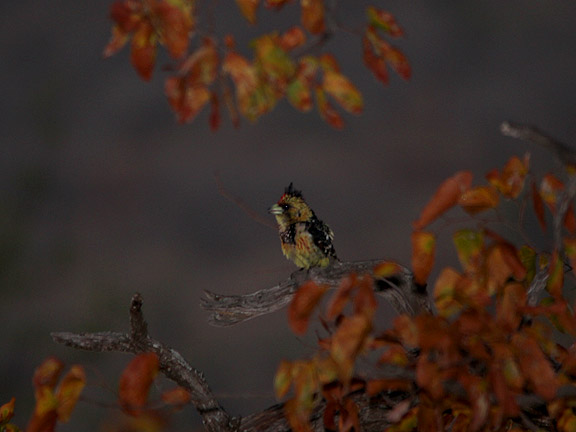
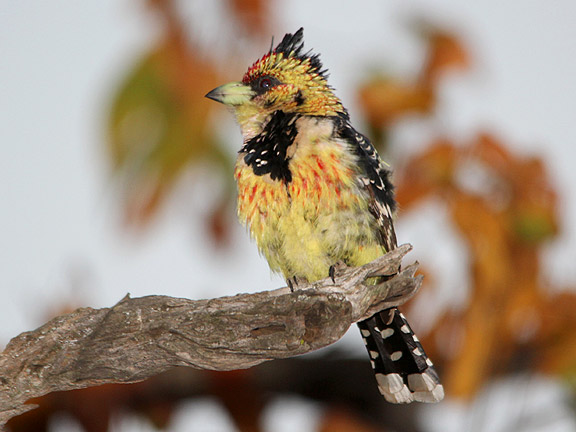
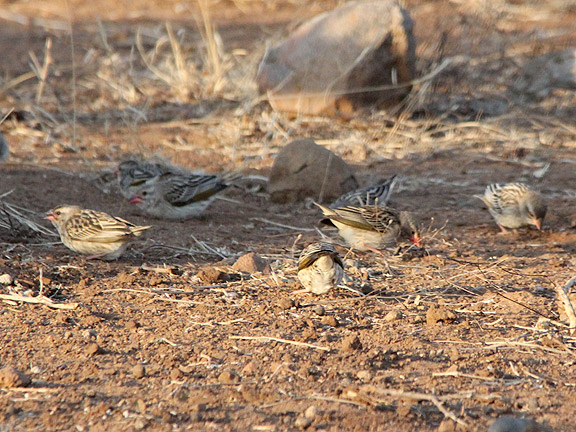
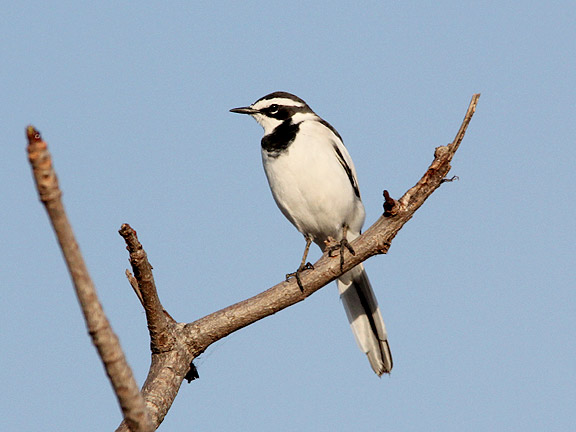
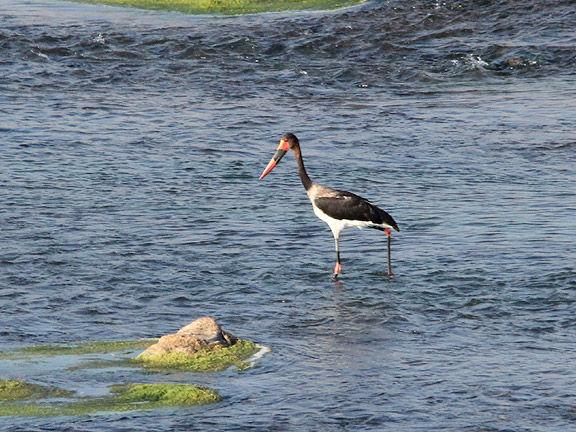
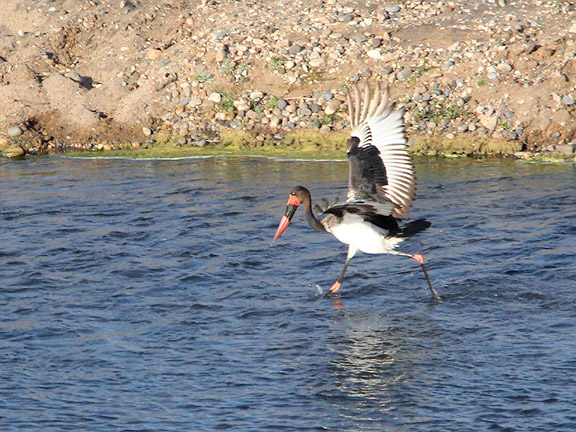
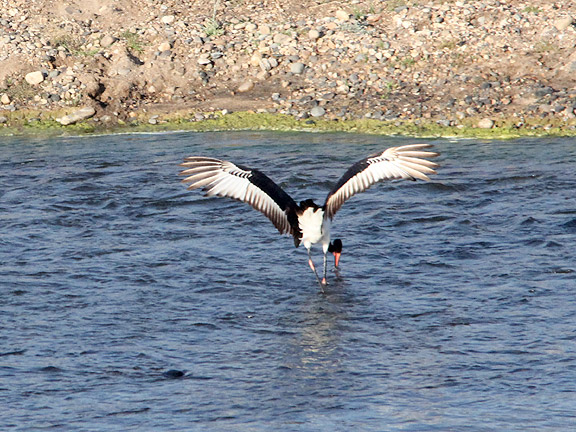

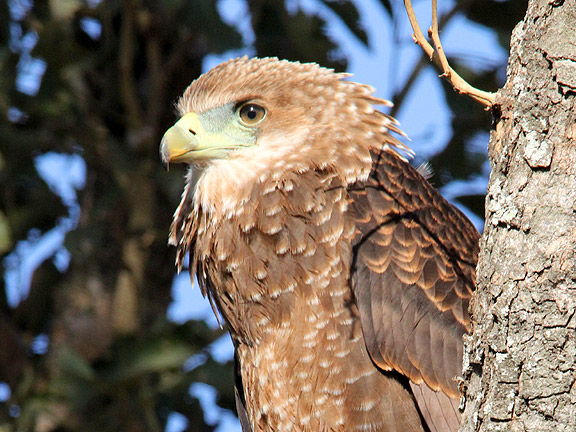
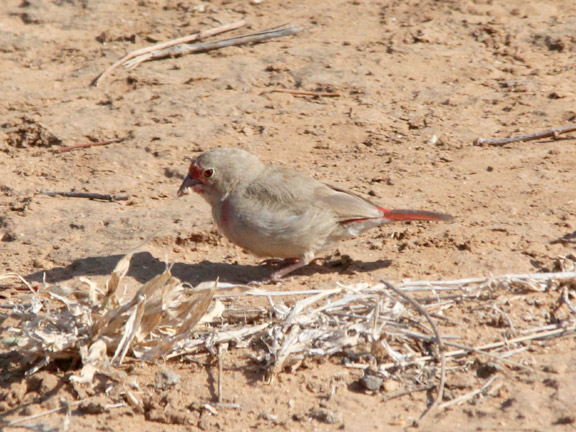
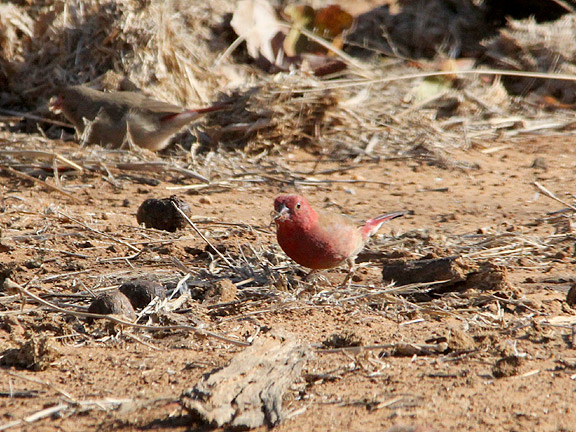

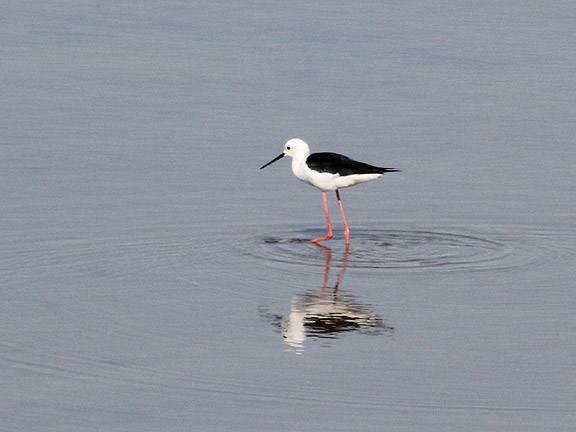
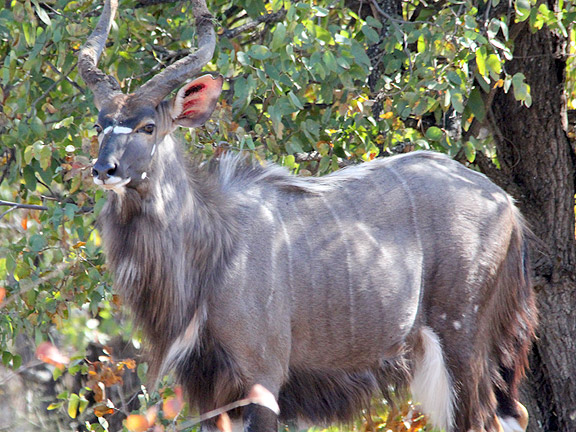
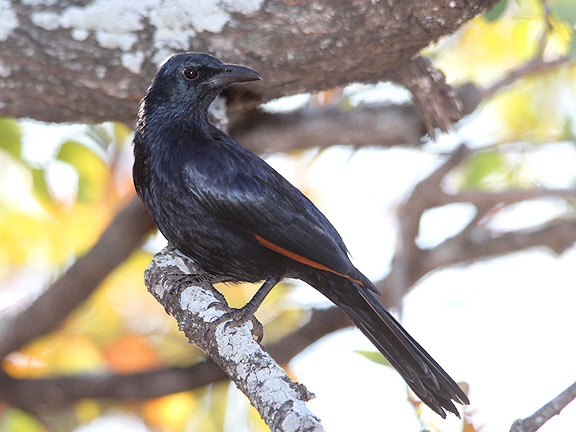
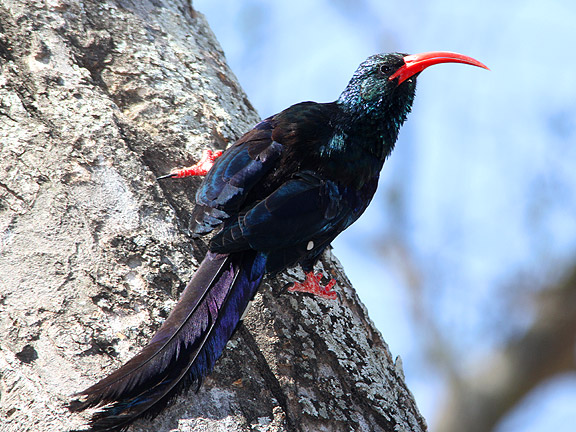

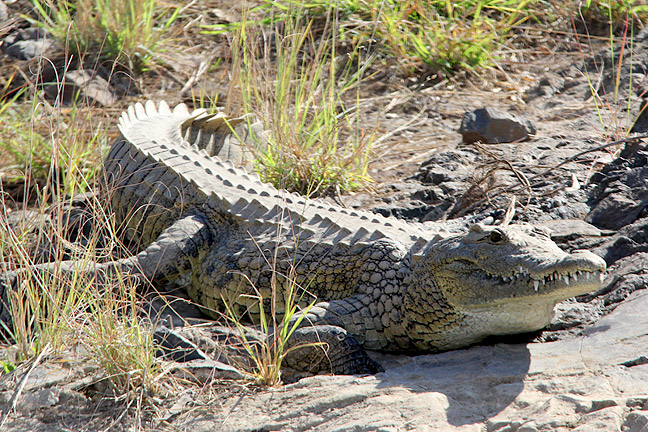

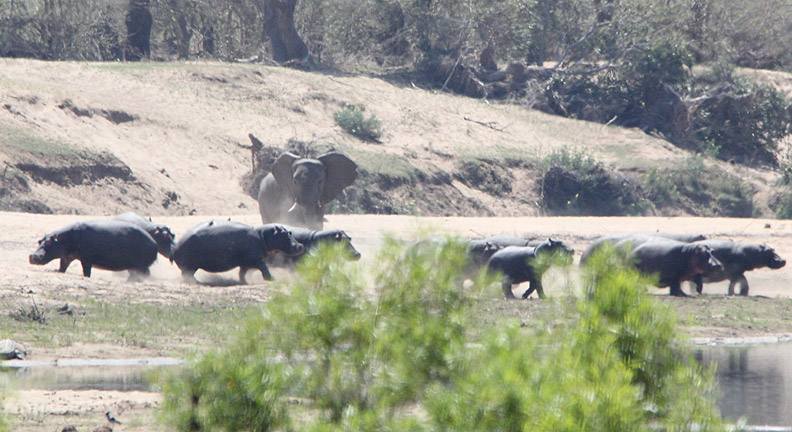
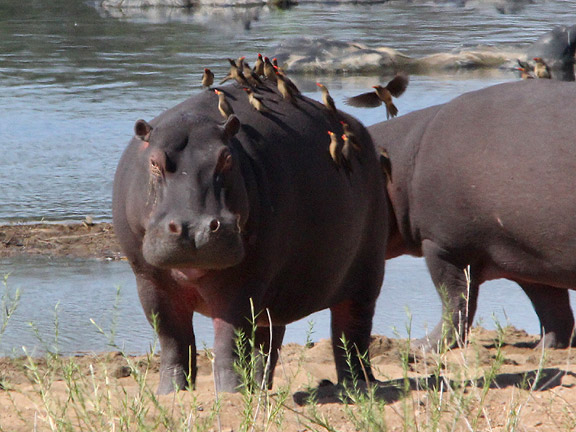
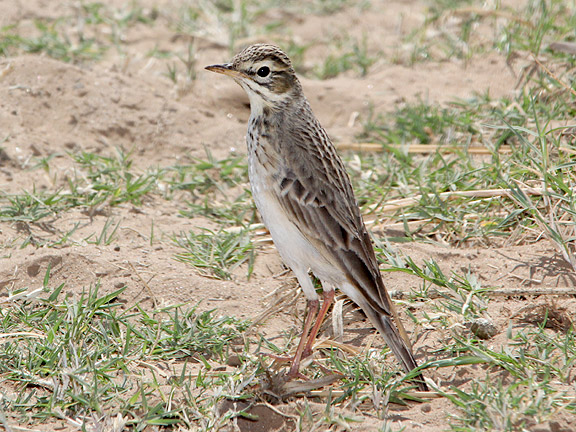
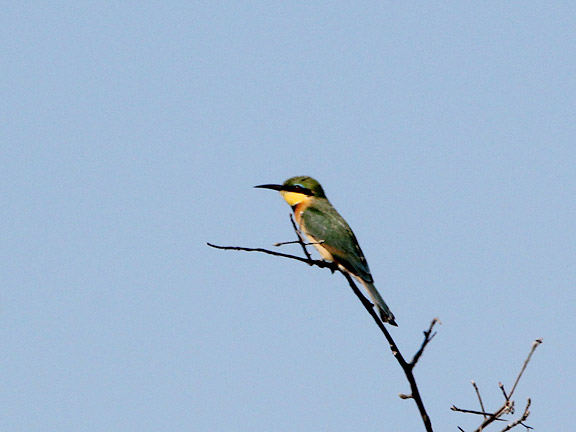
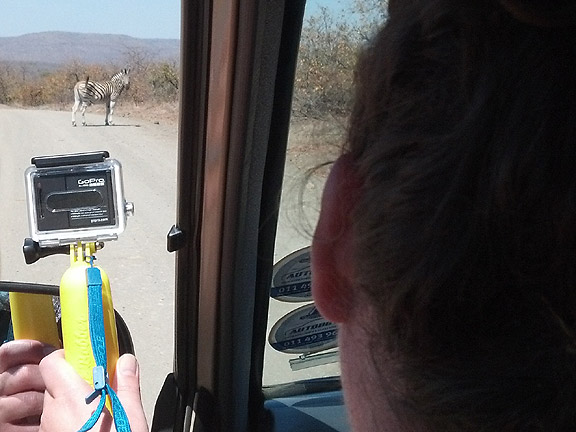
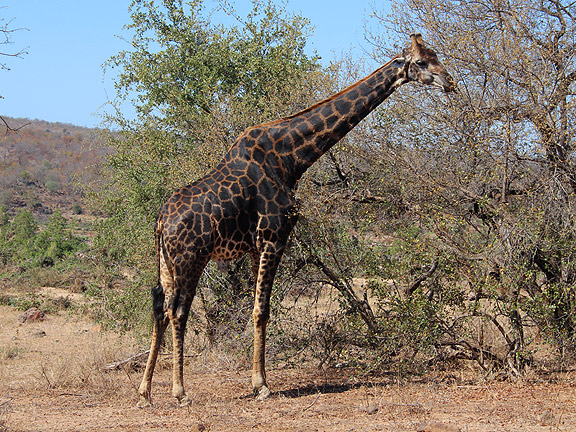
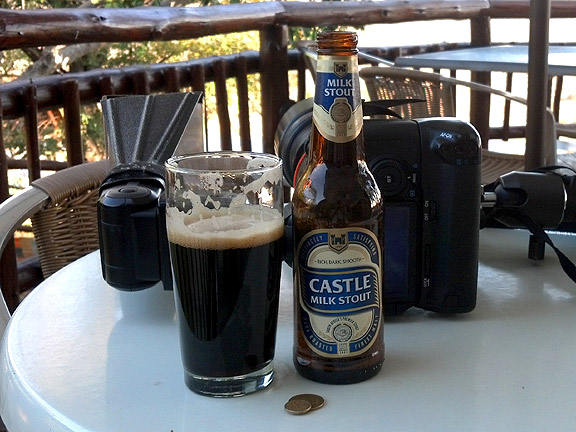
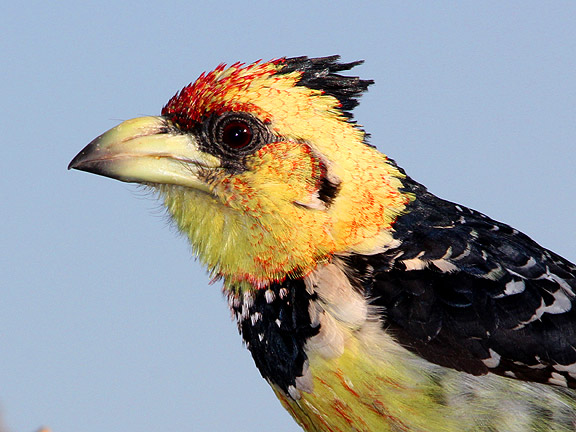

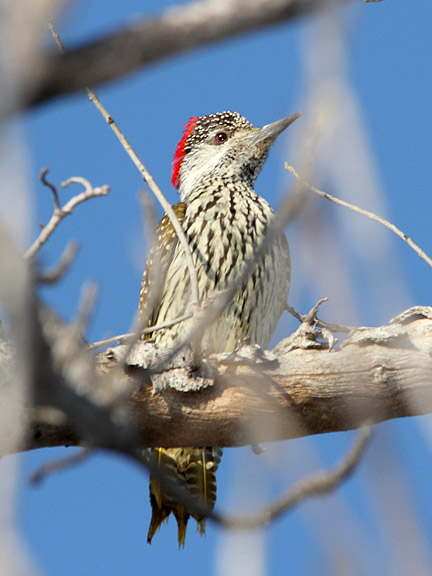
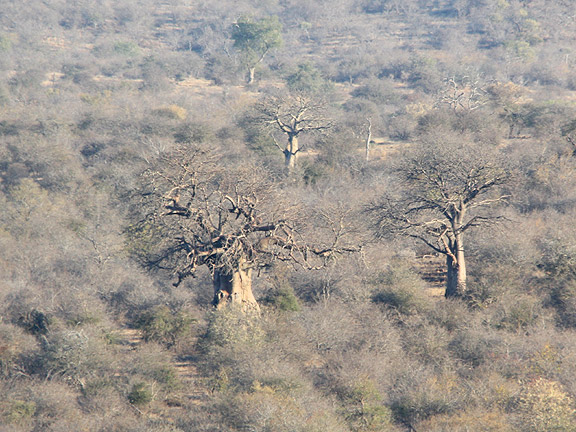
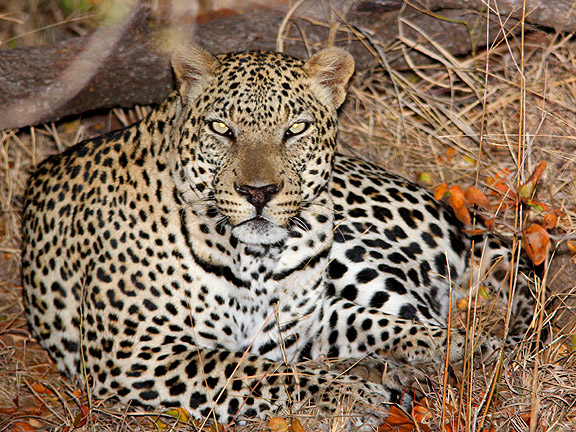

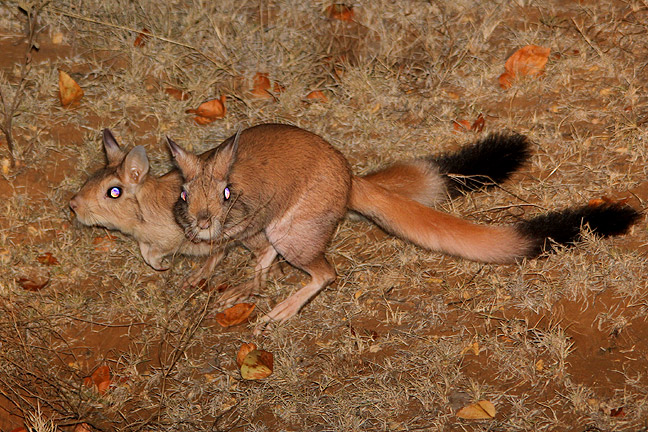
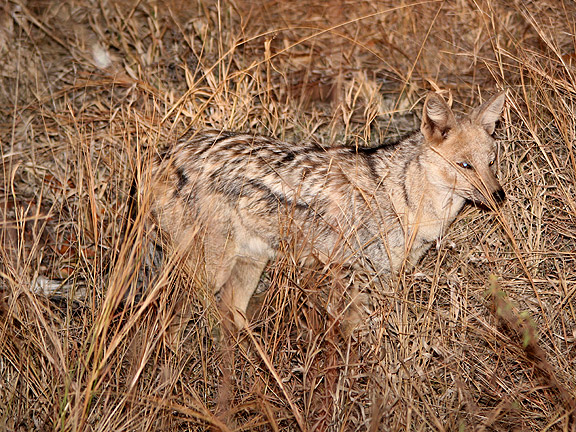
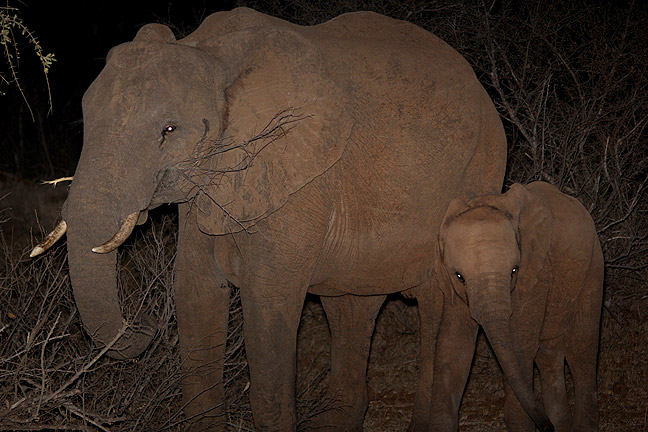

0 Comments:
Post a Comment
Subscribe to Post Comments [Atom]
<< Back to Previous